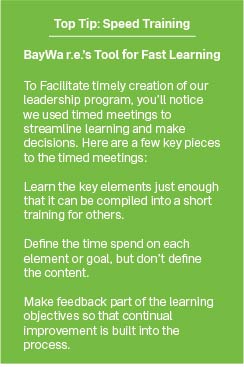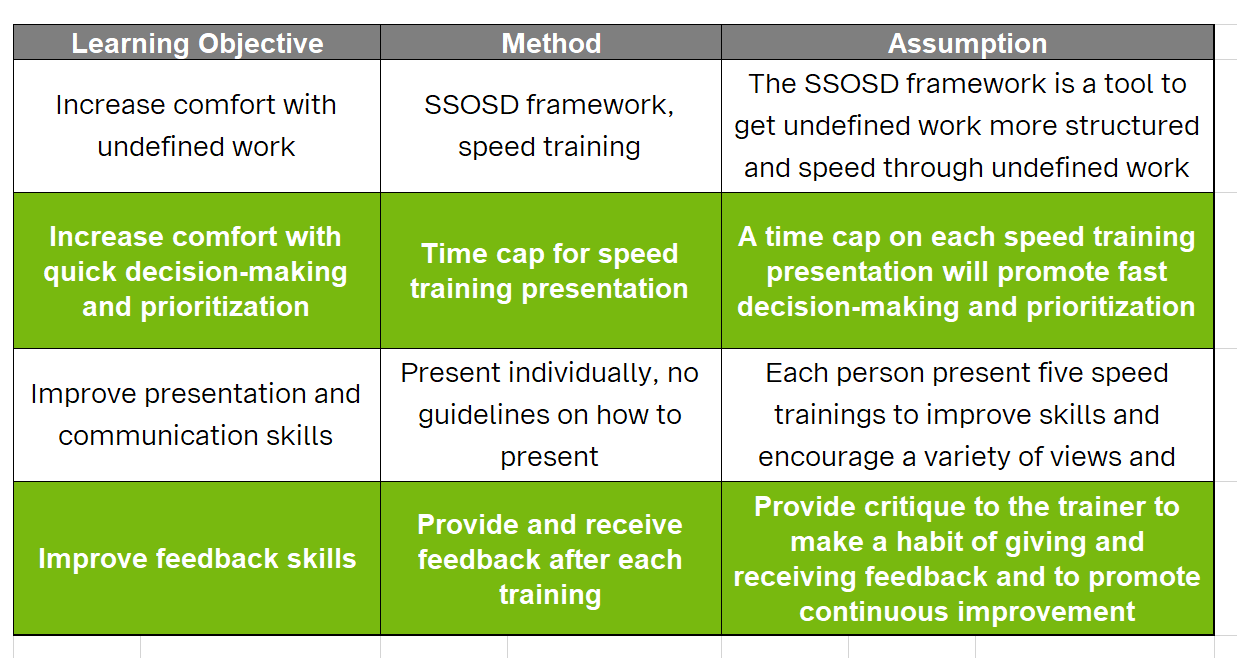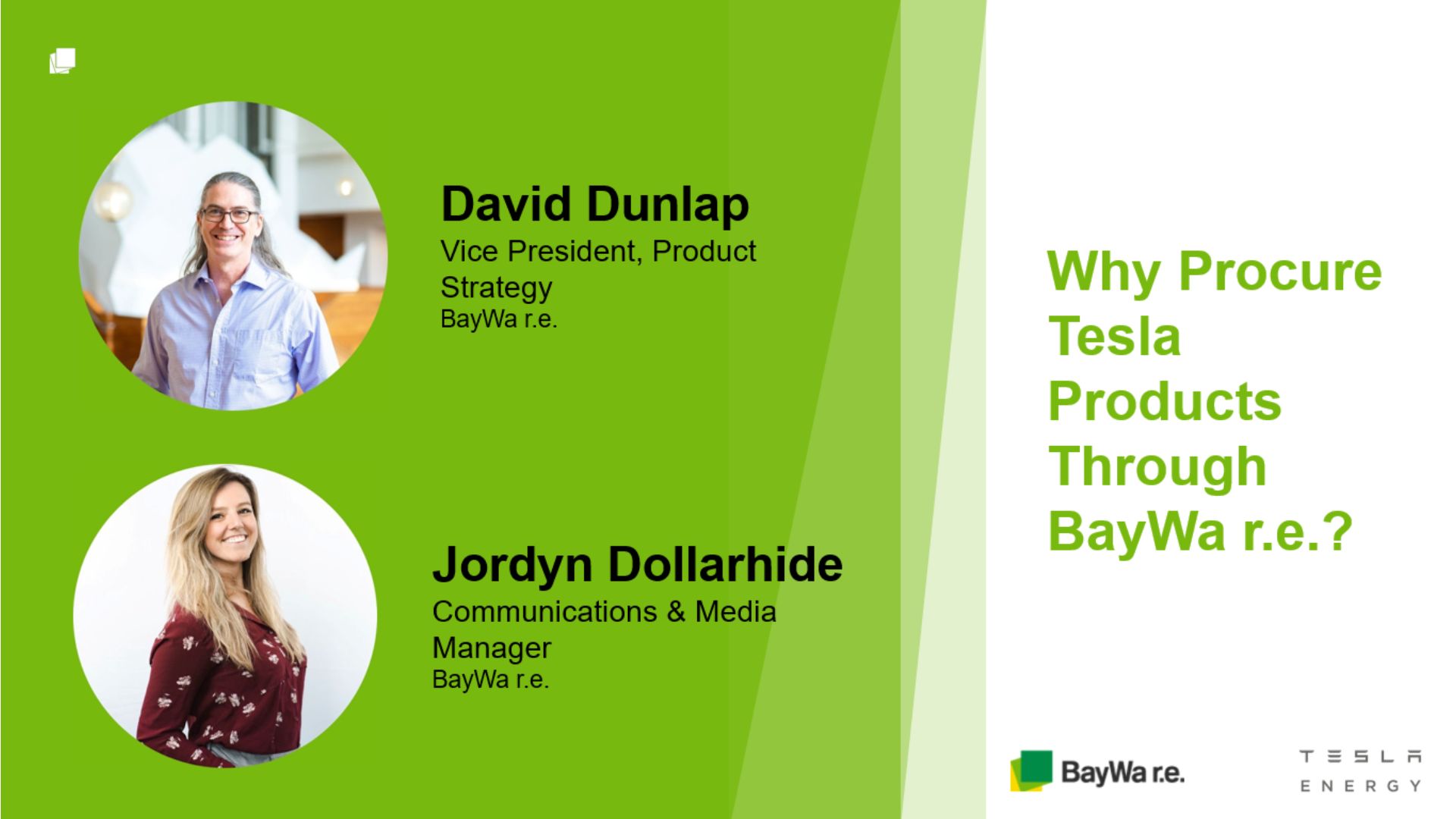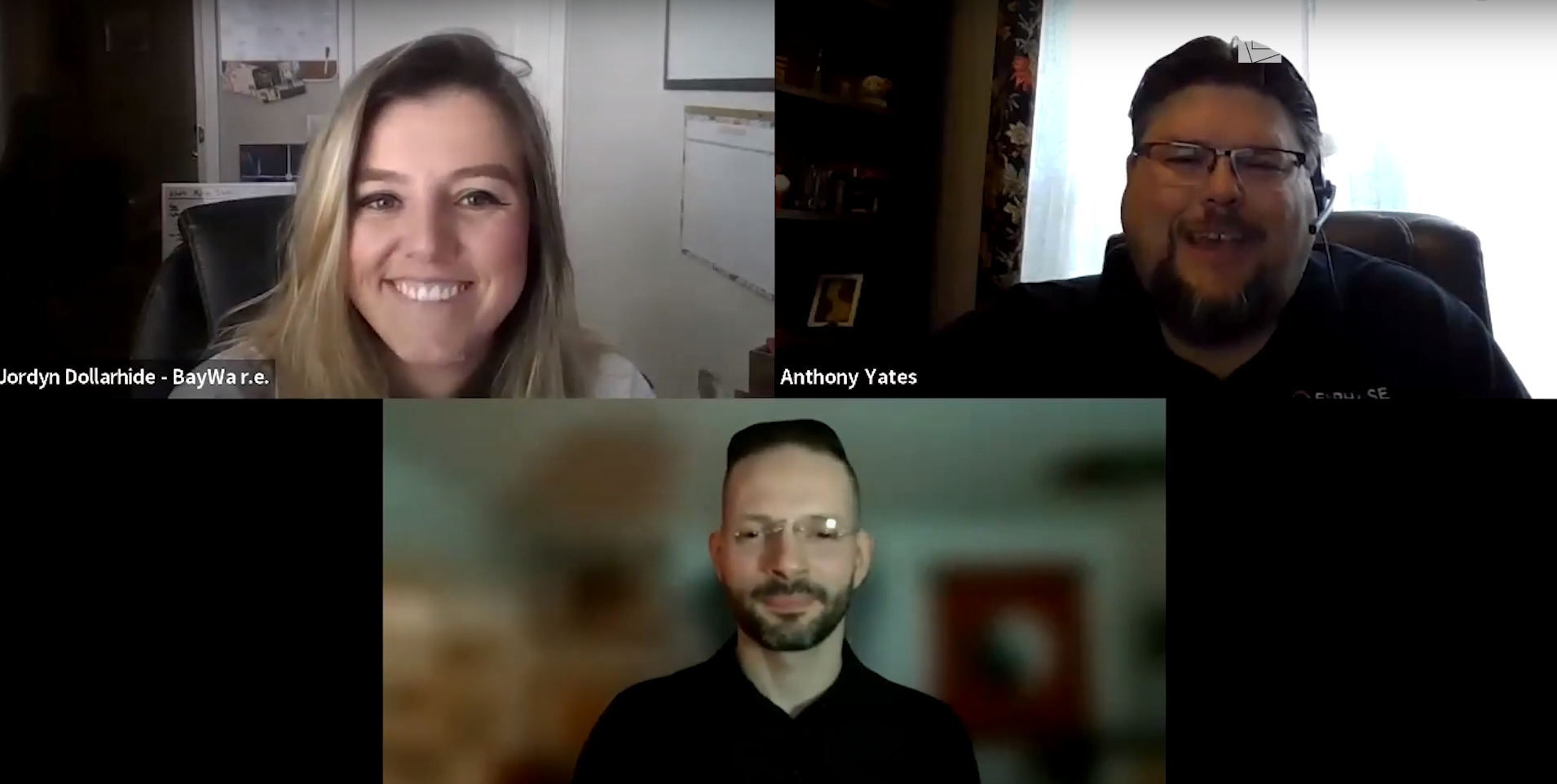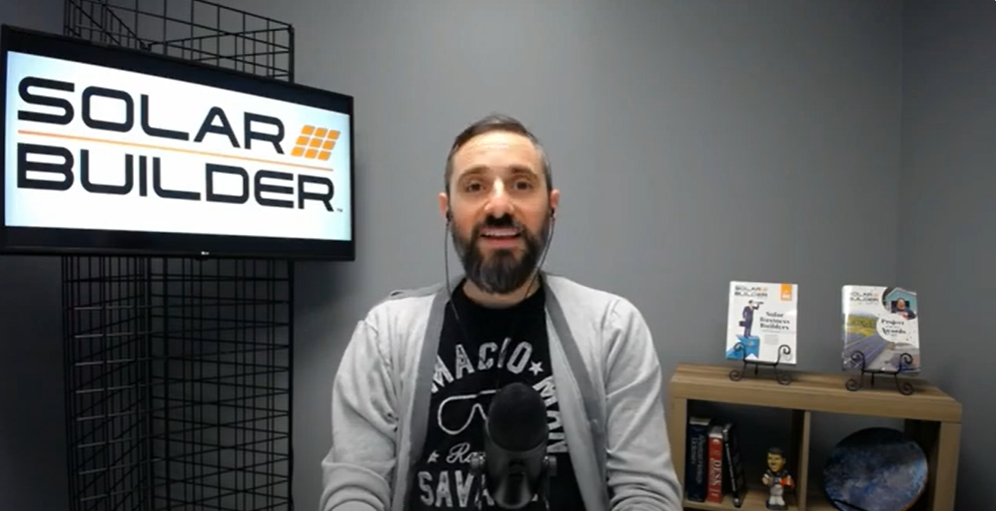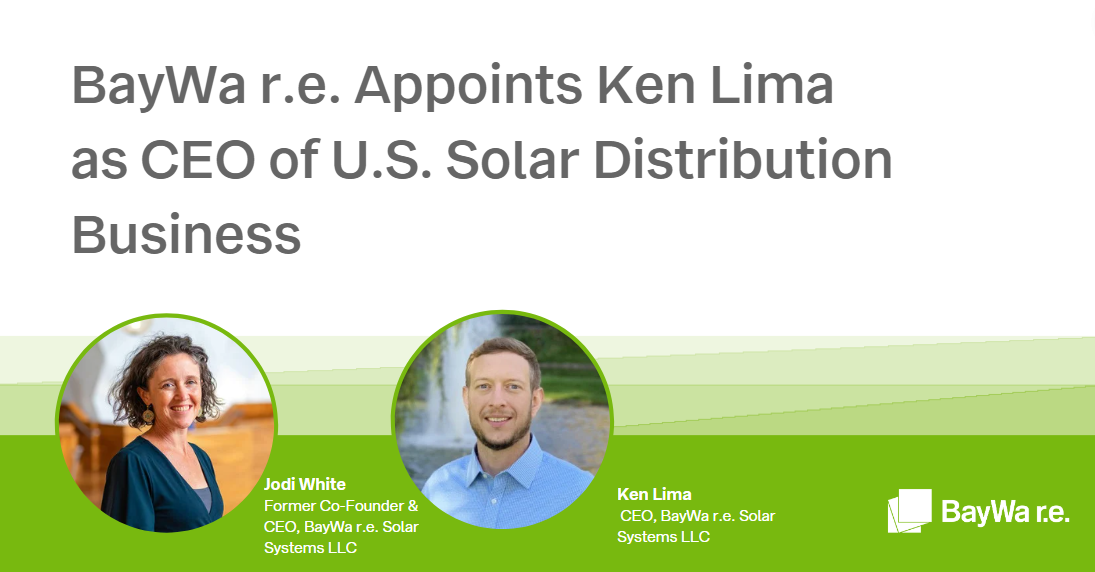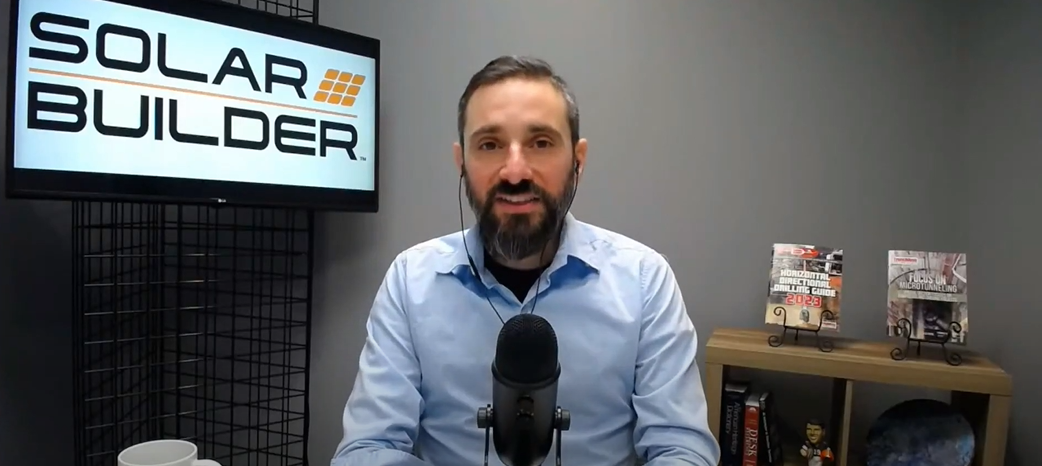In just the last decade, solar companies have experienced more changes than most industries see in a century: technology advancements that created opportunities and challenges, a pandemic that severely impacted supply chain and labor availability, and unprecedented legislative wins and losses, to name just a few. And yet, the solar industry has grown by an average annual rate of 33% over the past ten years.
So, how is it that solar businesses are still thriving amid all these changes? It comes down to individual companies and their ability to support leaders that are flexible – able to quickly adjust to shifting business and social patterns. These leaders ensure their companies are not just riding the “solar-coaster”, but that they are also profiting from the industry’s unprecedented growth and success. Flexibility like this is made possible through adaptive executive leadership and managers who can focus on scalability, quality, and strategic alignment, while also creating opportunities to nurture their teams despite numerous fluctuations.
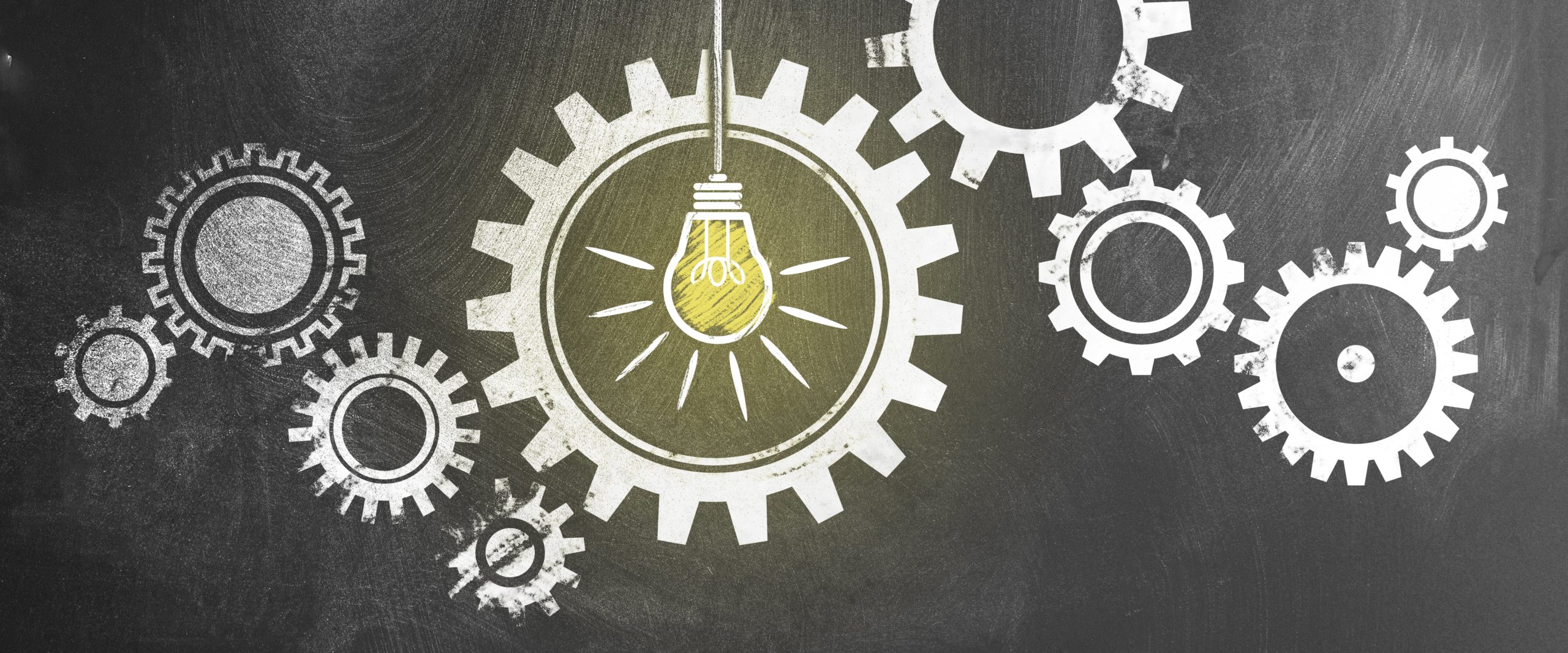
Supporting New Process Adaptation
At BayWa r.e., we are on the “solar-coaster” with you and experience the same need to adapt to unstable situations. As such, we’ve designed a leadership development program (LDP) that allows our leaders to quickly adopt new processes and train our teams efficiently. BayWa first used the LDP to teach a framework called “Set it, See it, Own it, Solve it, Do it” (SSOSD). Here, we outline our LDP construction and how you can apply it in your company:
1. Design Your LDP
- Start by designating several members of your team to build the curriculum. This group will lead in designing the best LDP for your company’s needs by practical application, giving and receiving feedback, analyzing it, and then adapting the LDP.
- Determine your goals for the LDP by asking questions: What challenges are you trying to adapt to? What skills and knowledge are you trying to teach? What is the ideal change you wish to make? What does success look like for your team?
- Outline your learning objectives, methods, and assumptions
What was our approach at BayWa r.e.?
Our LDP design team consisted of our Co-CEO, Boaz Soifer, our Scrum Master, Ira-Sofia Giovanetti, both well versed in leadership development. They met several times a week to shape ideas around the LDP and requested feedback from Jodi White, our other Co-CEO, and Amanda Hamilton, our VP of Organizational Development. While your team’s learning objectives, methods, and assumptions will most likely be different, to the right is an example of what our BayWa r.e. team came up with:
2. Test your LDP with a Pilot
- Once you have your LDP outlined, it’s time to test it with a small pilot group and see what changes need to be made.
- Determine the goals for your pilot program by asking questions: What are you trying to test? Will your methods benefit your goals? How will you know if your assumptions are correct or not?
- Outline what your pilot program looks like:
- Who are your pilot team members? These should be team members that understand leadership but aren’t part of your LDP creation team. They should also be able to train others in the company since the end goal is to share your LDP with your entire leadership team.
- How long should it take?
What was our approach at BayWa r.e.?
Our pilot lasted two weeks with a cohort of three employees from different departments. Two subject matter experts on the topic we were training (SSOSD) were on standby for any additional mentoring.
Week 1:
Each day, the pilot group members were assigned two tasks to focus on individually. They first had 30-45 minutes to learn about a topic (One step of SSOSD) and develop a training program about it, then they had seven minutes each to present their training to the other members of the group.
The week seemed to flow more easily over time as we settled into the idea of researching a step, building a training, and presenting it in a short [time] span. We learned to time ourselves before presenting to be sure that we wouldn’t exceed our allotted time and started building scenarios that carried over from one day’s training to the next. In doing so, we were helping ourselves and our teammates understand the concept that we were teaching in relation to the part of the story that they’d already seen.
Week 2:
In the second week, the pilot group took their learnings and feedback from Week 1 and practiced applying the LDP to their daily work in three parts:
-
- A daily, 30-minute meeting where the pilot group shared how they implemented the new process in their daily work
- An opportunity for the pilot group to ask questions of each other and the members of the LDP creation team (Boaz and Ira)
- An opportunity to get feedback from the LDP creation team on the overall process and implementation
3. Adjust Your LDP Based on Feedback and Learnings
As you get near the end of building your LDP, adjusting it based on the feedback from your pilot team is important. Ask questions like:
- Did the timing and meeting structure work for your team?
- Did the small cohorts help you learn, or do you need to add more people’s perspectives to the process?
- Were your feedback collection techniques offered in a way that everyone felt comfortable speaking up?
What was our approach at BayWa r.e.?
Our team came away with several important updates to our process:
- One topic per week instead of one topic per day
- 60 minutes for speed training preparation instead of 30-40 minutes
- Divide leaders into several smaller cohorts that change weekly to share different perspectives
- Include a 15-minute debrief in every training session to discuss common themes and to analyze diverse presentation styles and viewpoints
- Add weekly check-ins for the pilot group to ask questions and distill key takeaways, like what is going well and what could be improved
The group I was in all had different perspectives and levels of knowledge on the elements. Because of this, we all approached the presentation material from a different angle. Hearing the different perspectives helped me achieve a much greater understanding of the different elements in the framework.
4. Share Your LDP with all Your Leaders
Once your LDP is almost finalized, the next step is to share it with your management team. This should be a short, concise training to promote faster decision making, prioritizing, and working outside of individuals’ comfort zones. This is also a great time to use the new process you just developed!
What was our approach at BayWa r.e.?
Based on the feedback, the pilot team broke our trainings down into multiple cohorts. Each group member was given 60 minutes to develop their seven-minute training session for BayWa r.e.’s leadership team. Every training participant completed a survey for each of the presenters to practice the giving and receiving of feedback.
The pilot group met weekly to capture important responses and compare the diverse cohort groups. After the last cohort completed their trainings, the pilot group requested feedback from the trainees about how the LDP was received.
5. Analyze Feedback, Conduct Retrospective, Iterate
In step four, you should have received a lot of feedback and lessons about how to enhance your LDP. Now is your opportunity to incorporate that feedback and build an LDP that truly applies to all members of your organization!
Additionally, now is the time to review the goals you set in Step 1. Ask yourself, does your finalized LDP align with the goals you created? Will it help your team reach those goals? If not, document the learnings from your LDP building process and restart the cycle with an adjusted approach and expectations.
What was our approach at BayWa r.e.?
Our leadership development group found the above process helped us build a meaningful and supportive LDP, while garnering highly valuable and positive feedback from other team members. And, a few more takeaways were collected:
- Stating the initial learning objectives and expectations more clearly would have been helpful – it’s better to over-communicate than to under-communicate
- Our once weekly training was a good balance as a training cadence
- Variation in the overall process timing and application would have been helpful to keep engagement levels higher
Apply It!
Now that you understand how to build a new LDP, your team can use this process to create opportunities for success in all areas of your company. How you apply this LDP is up to you – each company has different needs – but we hope that the above outline, along with the shared experience of our BayWa r.e. team, will help your company continue to see accomplishment in the fast-paced solar industry. (Have questions? Reach out to your dedicated BayWa r.e. Account Manager)
Further Reading for Building Healthy Teams:
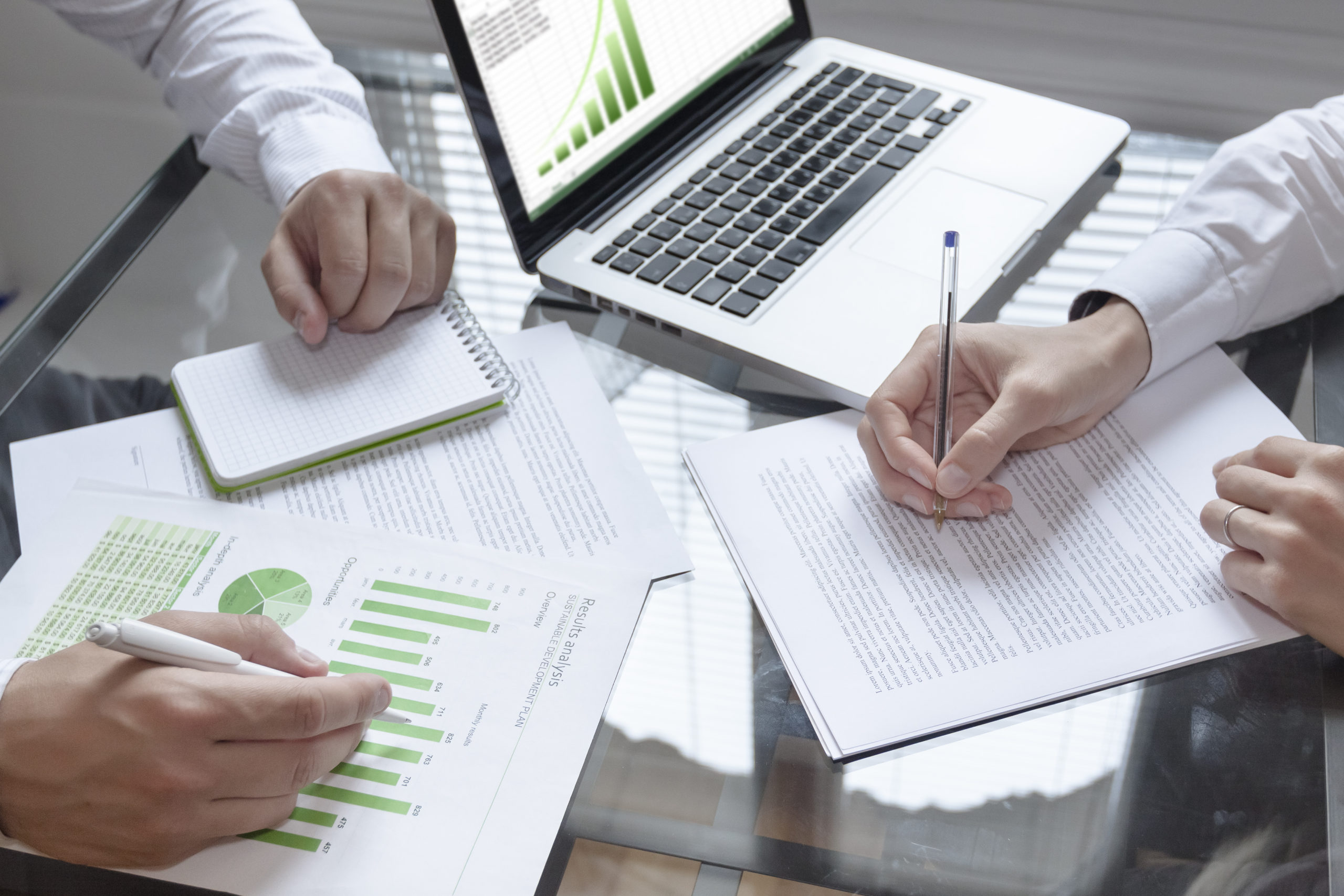
SSOSD: How to Get it All Done in the Fast-Paced Solar Industry In every company there are specific responsibilities that each employee is assigned. While each of those tasks is of vital importance, there will always be miscellaneous items that don’t align with any team member’s role.
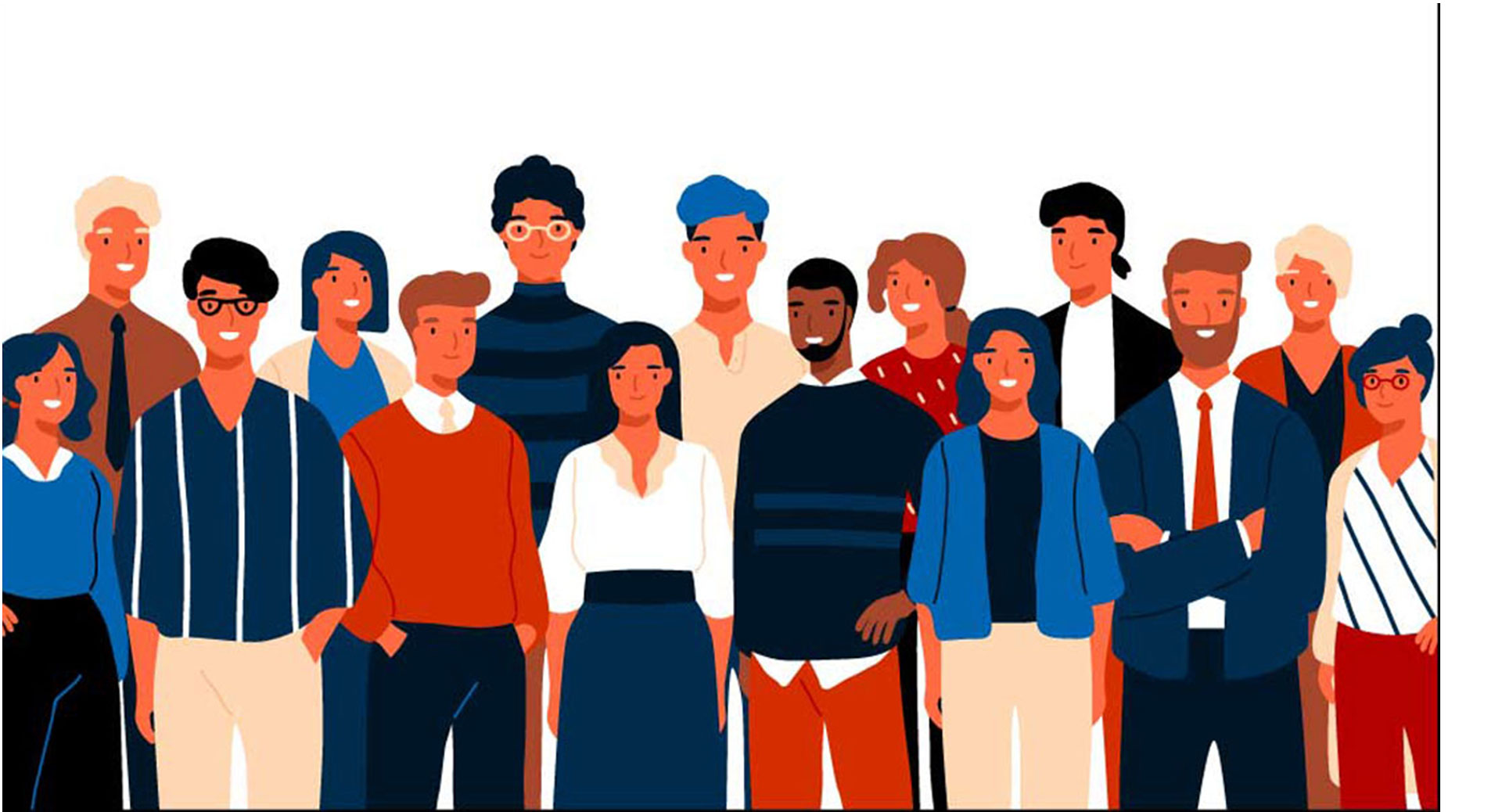
DEI Diaries: Creating an Environment of Safety Within Our Company In past articles and podcasts, we have talked about our company’s core values: effectiveness, partnership, honesty, open mindedness, engagement, and health. More and more, it is becoming apparent to us that…
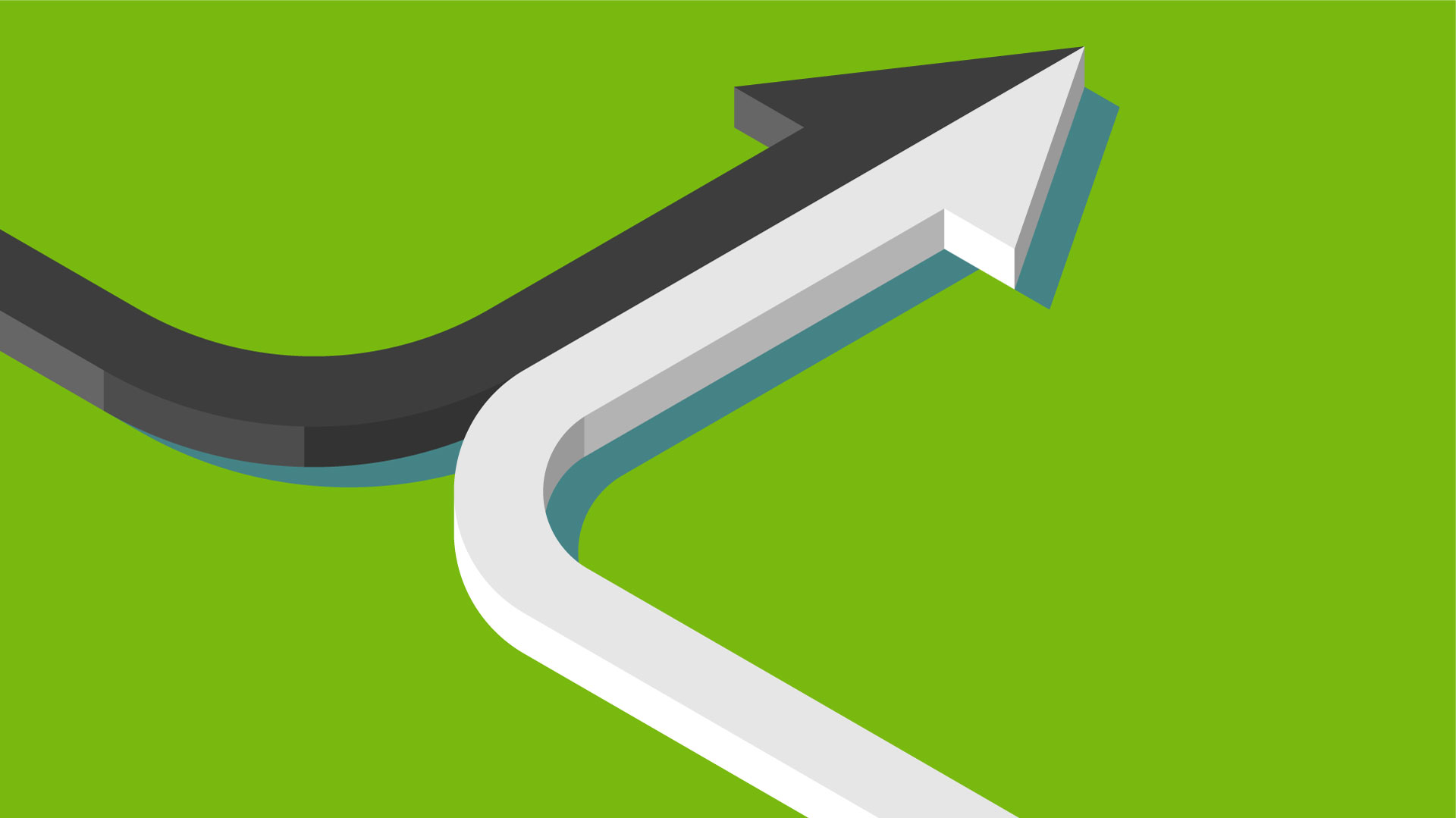
From the CEO: Achieving Work-Life Integration Business leaders often talk about “work-life balance” as a goal for their teams. Lately, I’ve been thinking that “work-life integration” could serve us better, especially as we incorporate the lessons of the current environment in which we are both navigating a global…
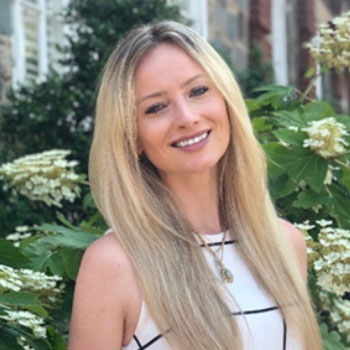
Since 2019, Ira-Sofia has held various roles at BayWa r.e. including Returns Manager, PX Program Manager, and PX Generalist. Currently, she guides the Leadership Team's approach to Scrum, removing obstacles and distractions from daily work and ensuring the entire team is focused to meet their goals.
BayWa r.e. Solar Systems LLC supplies residential and commercial solar installers in the United States with quality solar + storage components, forecasting, business planning advice, and a community of experts. Visit www.solar-distribution.com to read our industry insights articles and stream our Solar Tech Talk and Solar Town Hall podcasts on YouTube and Spotify. Follow us on LinkedIn, Twitter, and Facebook to stay connected. Ask us about our Split Pay financing program and use our industry-leading Webstore to save time, get gear shipped, and get jobs done! Part of the BayWa r.e. Global family of renewable energy companies.
